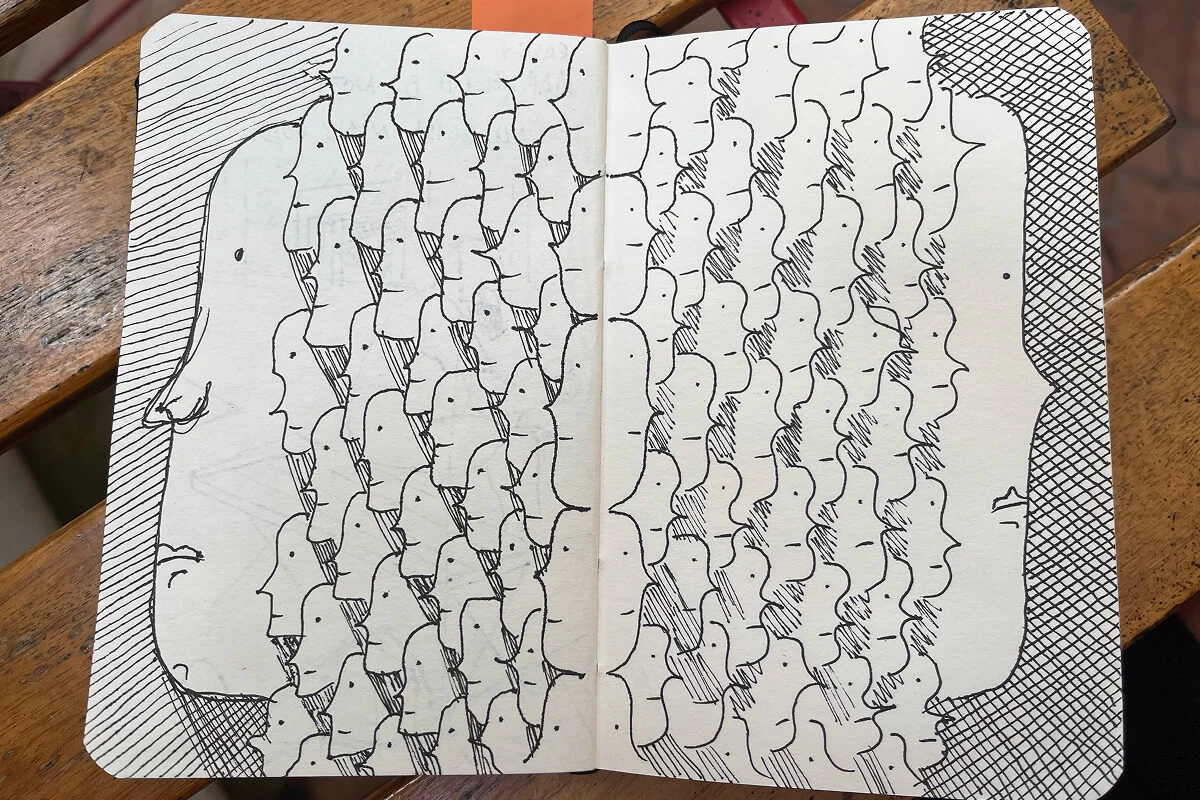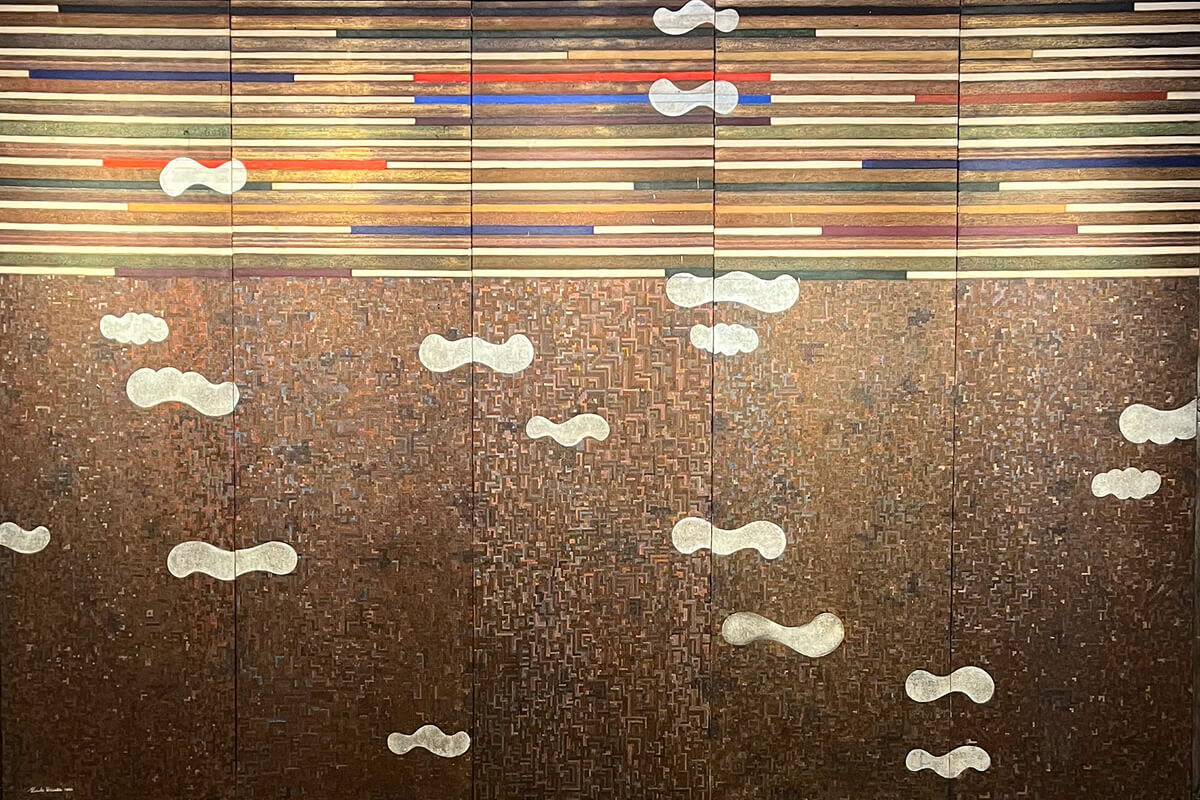I absolutely agree with the importance of maintaining safe spaces for people to practice Contact Improvisation without fear.
But – one thing that bothers me about this whole "safe space" debate is that the emphasis seems to be focused only on sexual/sensual safety. Though this must absolutely be addressed, it is only one aspect of a safe space.

To give an example, I don't see any conversation about maintaining a safety space at a physical level. It seems that, as a community, we're ok with people risking their bodies and that of those around them as long as those risks fit within the ideal of what the form of this practice should look like.
I have been teaching CI for less than a year, but within this time I've already had plenty of conversations with people who share their fears and insecurities that arise when they come into a jam.
They see people flying and doing wild acrobatics and get the impression that their dance needs to look this way or otherwise they're not good Contact Improvisation dancers.
So they go to as many classes and workshops as they can, until their body starts failing and are forced to stop. At this point, some of them are lucky enough to discover a different way of moving that adapts better to their body shape, some others simply stop practicing CI altogether.
I've also heard the stories of people giving up on the practice after their first jam because they were overwhelmed by the chaotic energy in the space. Being hit by a random foot in the face during your first CI experience can be just as traumatic as an inappropriate touch.
But we don't solve these issues by ignoring them. We don't deal with our human tendencies for arousal, to want to achieve above all costs, to want to Be Something, by turning a blind eye to these and other tricky topics. We solve them by speaking openly about them, by sharing about our own experiences and perspectives, not just within a small group of CI nerds but specially amongst the wider community.
For me, I've realized that teaching CI is not just about teaching the physical aspects of the form. It's also about teaching philosophy and ethics. It's about teaching people how to release expectations, to accept their current limitations; be it physical, emotional or else. It's about teaching how to stay centered whenever urges and frustrations arise.
How are we to break our old patterns otherwise? How can we truly improvise if not by practicing these softer skills?
Is it truly about the other or is it just a projection of our own fears? Should it be us policing each space and individual's behavior or should we instead encourage each individual to police themselves?
What's truly our role as space holders? Fathers and Mothers anxiously trying to protect our children from all harm? Or confident in the values we've shared, allowing them to be full fledge individuals capable of discernment?
I realize that I come into this space with more questions than answers and I'm aware that, as a space holder, one has the responsibility of setting up the tone, for example by stating clear boundaries and expectations for all participants, or giving space for personal reflections and discussions.
However, it's important to remember: safety is also a personal journey. Each individual must learn to listen to their own body, trust their instincts, and communicate their boundaries. This shared responsibility is what makes the space truly safe for everyone.
At last comes to mind an old insight from a recent jam, a basic lesson given in many workshops but still fresh as ever:
There are times when, while dancing with a partner who has lost their balance, the best thing we can do is let them fall.




